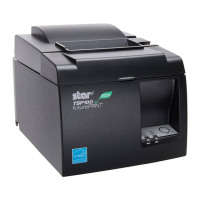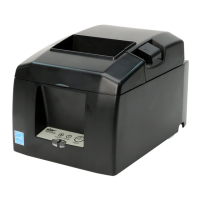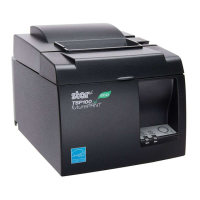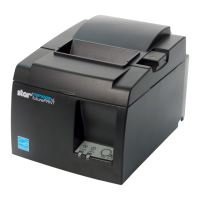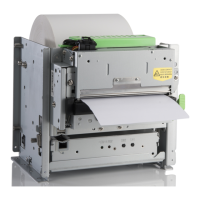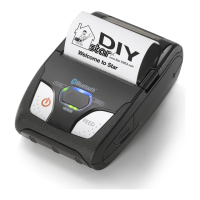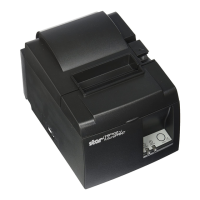o x 27
1x 26
0x 25
0x 24
1x
23
0
x 22
1x 2’
ox 2°
zone
0100
4
=
o
= 64
=
o
n
o
=
8
=0
=
2
=
Q
74 Decimal
digits
1010 Binary
A
Hexadecimal
The ASCIItablein theTechnicalSupplementshowsallthese equivalent
representationsfor the symbolsyourlaser printerunderstands.The table
organizestheminascendingorder.Infact,ASCIIisorganizedin awaythat
ac@allymakessense.
Flipbackthereforaquicklookrightnow.Seehowyoucanslicethetable
into clumpsof 16or 32, based on what’sin the zoneportionunder the
hexadecimalcolumn?Theseclumpsmakesubgroupsof similarsymbols:
● hex00 to IF arethecommandsymbolscalledcontrolcodes,
● hex20 to 40 arcthecommonkeyboardsymbolsandnumerals,
● hex41 to 60 arecapitallettersandthelesscommonkeyboardsymbols,
● hex’61to 7F arelowercaselettersanda few finalsymbols.
That takes care of the first 128 ASCII symbols.However,nearly every
co’mputerand printer manufacturertreats the second half of the table
differently. Hewlett-Packard,for example,puts a variety of accented
foreignlanguagecharactersintopositions128-255(oftenreferredtoashigh
ASCII). Epson gives you a choice of either italics charactersor IBM
charactergraphics.
Control codes
TheASCIItableshowssymbolslikeJor2 thewaytheyactuallyprintonthe
laserprinter.ButASCIIincludesmorethanjust printablecharacters:none
of thecontrolcodecommandsat thebeginningof thetableactuallyprint.
Instead,when your computersends a controlcode to the laser printer it
makesyourprinterdo otherthings,suchas sounditsbccpcr.
7
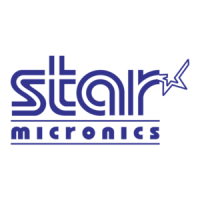
